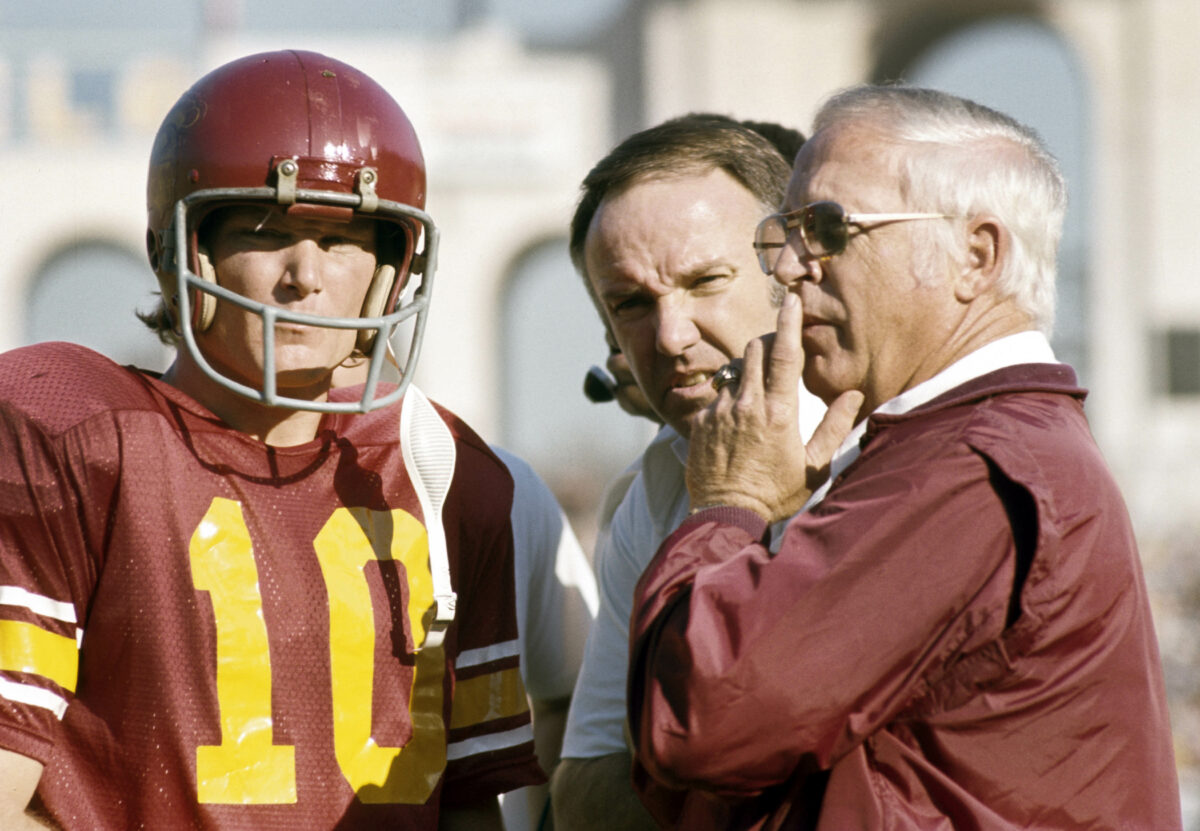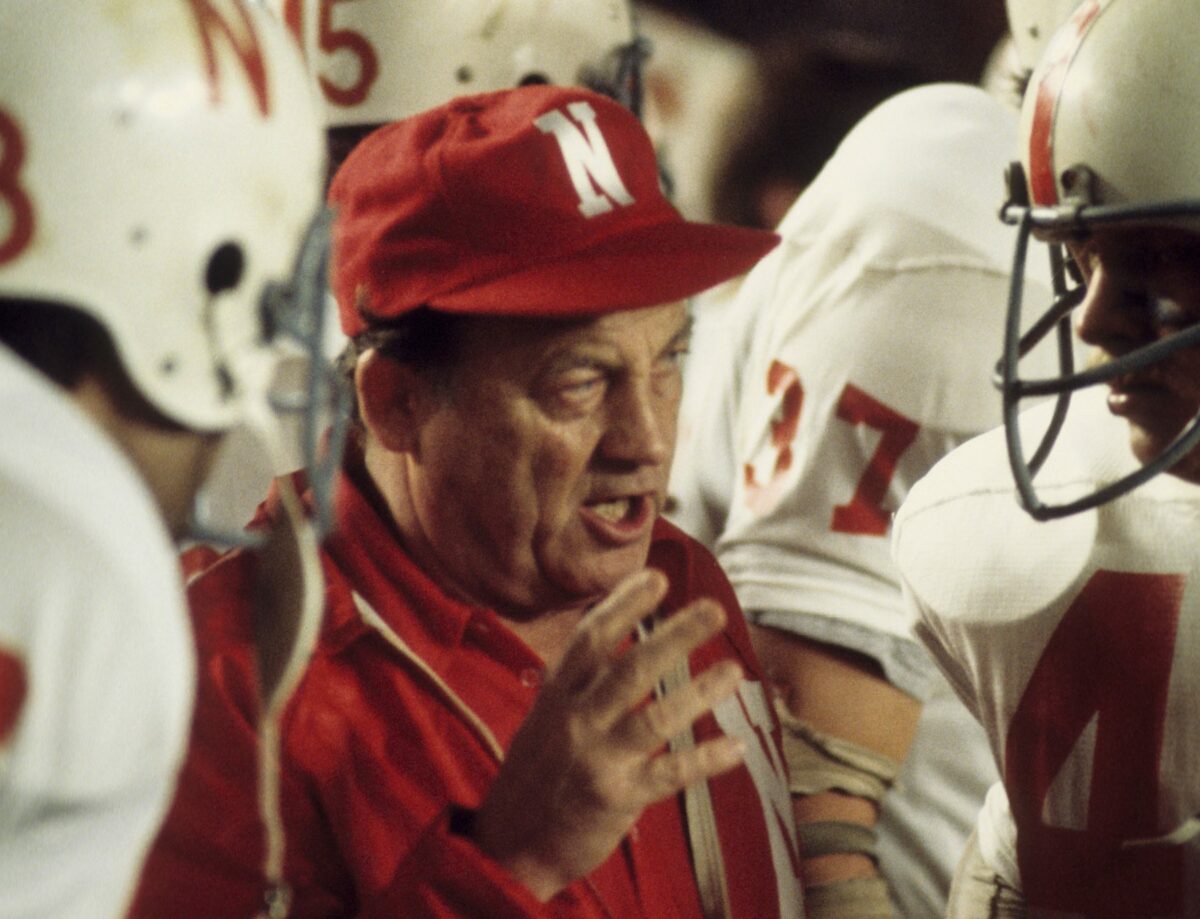When John McKay restored #USC in the 1960s, Bob Devaney built a Heartland empire in Lincoln with the #Huskers. #B1G
If you asked anyone under 50 years old to name the best coach in Nebraska football history, you would regularly get one answer more than others: Tom Osborne. That answer would be correct, if only because Osborne presided over a top-10 program for 25 years, from 1973 through 1997, winning three national championships and a bunch of Orange Bowls.
Osborne’s predecessor was really good, but this predecessor coached for only 11 seasons. He did win multiple national championships, but if one coach produces elite, national championship-level quality for 11 years and another guy does pretty much the same thing over 25 years, it’s hard to pick the 11-year coach over the 25-year coach.
Osborne is the best head coach Nebraska has ever had.
However, he’s not the most important figure in Nebraska football (and sports) history.
It’s that predecessor we have referred to.
His name: Bob Devaney.
Nebraska had some really good teams in pre-World War I times, and coaching legend Dana X. Bible spent almost a decade at the school in the first half of the 1930s, when Howard Jones was building USC into a national football power. Yet, when Bob Devaney came from Wyoming to take over Nebraska in 1962 as head coach, the Huskers were a nobody in college football. In the 21 seasons preceding his arrival — from 1941 through 1961 — Nebraska had a losing season 17 times. The program wasn’t average; it was bad and completely irrelevant.
Devaney won nine games in his first season in 1962. By the time he stepped down as head coach following the 1972 season, in order to become full-time athletic director at Nebraska, he had produced nine seasons with nine or more wins. He won two national championships. He coached a Heisman Trophy winner, Johnny Rodgers, in 1972. He cultivated Osborne as an assistant and promoted him to head coach when he moved into the AD chair.
There’s no Tom Osborne without Bob Devaney. There’s no Nebraska football golden age without Bob Devaney, who made Nebraska a national juggernaut after a decade of disappointment in the 1950s, a clear parallel with John McKay at USC.
McKay watched USC slide into irrelevance in the 1950s while he was an assistant coach at Oregon. McKay seized an opportunity in 1960 and never looked back, launching USC’s greatest dynastic period and making himself the greatest football coach the Trojans have ever had.
Though Devaney is second to Osborne on the list of all-time Nebraska head coaches, he is number one on the list of the most important people in the history of Nebraska sports. He is the restorative 1960s figure John McKay proved to be for USC, a fellow icon and traveler in an era when the Huskers and Trojans both rose to the mountaintop in college football.
[lawrence-auto-related count=1 tag=696092282]








